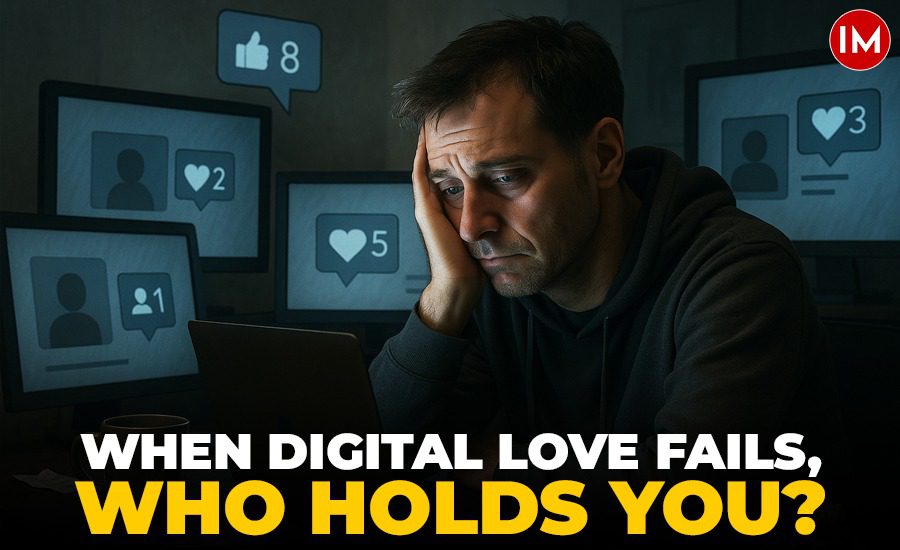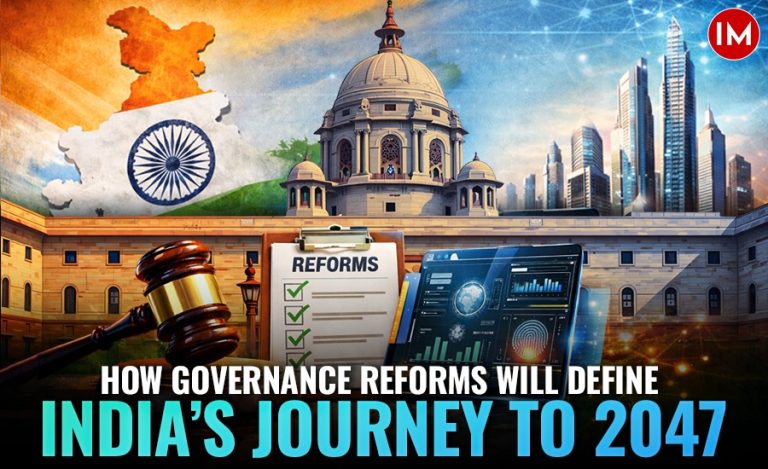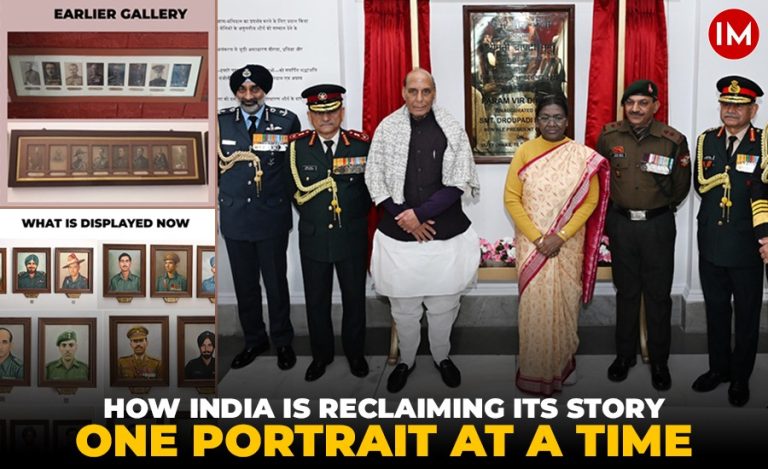By Anurag Goel, IAS (Retd.)
In an age of hyper-connectivity, the paradox of rising loneliness is one of the deepest ironies of modern life. Never before have we had such immediate access to people across the world, and yet never have so many felt so alone. As we march further into a digital future—powered by Artificial Intelligence, virtual reality, and the Metaverse—we must pause and reflect: Are we losing the very essence of what it means to be human?
The Loneliness Epidemic
Loneliness is no longer just a feeling; it is a public health crisis. The World Health Organisation and numerous national health bodies now consider chronic loneliness to be as dangerous to health as smoking or obesity. It increases the risk of depression, anxiety, cognitive decline, and even premature death.
Surprisingly, it is not the elderly but young people who report the highest levels of loneliness. Despite being constantly connected through smartphones and social media, they often lack deep, meaningful relationships. Likes, follows, and emojis cannot replace eye contact, a hug, or a shared laugh. We are slowly replacing human presence with digital presence—and paying a heavy emotional price.
The Digital Drift
Technology is not inherently bad. It has made our lives more convenient, more informed, and, in many cases, more efficient. But as our screens become the primary interface with the world, the cost is often invisible: the slow erosion of face-to-face human connection.
Social media platforms, for example, are designed to keep users engaged, not necessarily connected. Algorithms show us what we like, not what we need. Over time, we interact more with screens than with people, and the quality of our relationships suffers. Remote work, while flexible and often productive, further reduces daily social interactions.
This digital drift is not just reshaping how we work or communicate; it’s reshaping how we live—and how alone we feel while doing so.
AI Companions: A Double-Edged Sword
The rise of AI companions, chatbots, and virtual friends adds another complex layer. Many people—especially the young and emotionally vulnerable—have begun turning to AI for advice, comfort, and even companionship. These tools can be helpful for those who lack social support, but they also risk replacing genuine human interactions with artificial simulations.
AI does not feel joy or sorrow. It cannot truly empathise, no matter how convincing it sounds. Over time, heavy dependence on AI for emotional support may lead people to withdraw from real relationships, deepening the spiral of isolation. The warmth of human unpredictability and imperfection is irreplaceable.
The Metaverse Mirage
The Metaverse offers another layer of escape from the real world. It promises immersive experiences, personalised avatars, and global connectivity. But in doing so, it risks detaching people further from their real environment, relationships, and communities.
Living through avatars in digital spaces may give a temporary high, but it can blunt emotional intelligence, reduce social skills, and foster a sense of emptiness when the virtual headset comes off. The richness of physical presence, body language, and the subtle dynamics of human interaction cannot be truly recreated in a simulated world.
Mental Health on the Brink
Loneliness is closely linked to mental health decline. As real-world connections shrink and digital interactions dominate, the sense of isolation intensifies. Many people feel unseen, unheard, and emotionally neglected. This contributes directly to rising levels of stress, depression, anxiety, substance abuse, and even suicide.
Ironically, we now have more tools than ever to connect—video calls, instant messaging, voice assistants—yet fewer people to truly talk to. If this trend continues, the burden on our mental health systems will become unmanageable.
Rediscovering Aliveness
To be alive is more than just to function. It is to connect, to feel, to laugh, to cry, and to experience presence. Being alive means holding someone’s hand, hearing their voice unfiltered by technology, and sharing meals, stories, and silences.
We need to consciously rebuild the spaces—both physical and emotional—that allow human relationships to flourish. This means making time for community gatherings, family dinners, friendship rituals, and shared activities. It means putting away devices and engaging fully with the people around us.
A Call to Action
For individuals:
- Set boundaries with technology. Create “screen-free” zones and times in your day.
- Prioritize real-world relationships. Call someone. Visit someone. Invite someone.
- Engage in community activities—volunteering, hobbies, support groups—that bring you closer to others.
- Learn to listen actively and be vulnerable. Deep connections require openness.
For society:
- Schools, workplaces, and public institutions must integrate human-centred design that encourages real interaction.
- Urban spaces should promote walkability, gathering spots, and community engagement.
- Tech companies must be encouraged to consider the social-emotional consequences of their products.
Choose Connection Over Convenience
As we move toward a future dominated by AI, avatars, and automation, we must remember: what makes us human is not efficiency—it is empathy. It is not convenience—it is connection. It is not data—it is depth.
The future may be digital, but our souls are analogue. Let us use technology to enhance life, not replace it. Let us choose to be alive, not lonely.
(The Author is 1972-batch IAS Officer of UP Cadre. He has been Secretary to Govt of India & Member, Competition Commission of India. He is a student of Artificial Intelligence for past 10 years.)
































